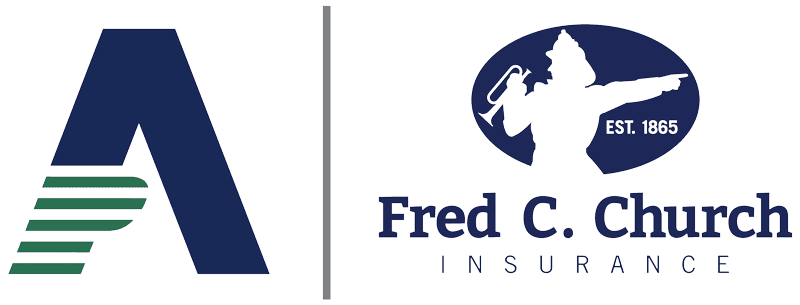April 2023 Employee Benefits Compliance Alert
Release Date: April 21, 2023
A. June 1, 2023 Prescription Drug Reporting Deadline for 2022 Calendar Year
1. Introduction
Prescription drug cost reporting (RxDC) is now required by the federal government under the Consolidated Appropriations Act (CAA) on June 1 each year for the prior calendar year. The Centers for Medicare & Medicaid Services (CMS) is the agency collecting the data for the federal government. Generally, a health insurance company will do the RxDC reporting on behalf of its fully insured employer clients, or a Pharmacy Benefit Manager (PBM) or third-party administrator (TPA) may do the reporting on behalf of a self-funded employer health plan. Reporting requirements do not apply to retiree-only health plans.
The prescription drug data submitted will help the government to:
- Identify major drivers of increases in prescription drug and health care spending.
- Understand how prescription drug rebates impact premiums and out-of-pocket costs.
- Promote transparency in prescription drug pricing.
Notwithstanding an insurance company, PBM, or TPA doing the reporting for their health plan clients, they often need information from the employer client who sponsors the health plan.
2. What Kind of Information Must Be Collected and Reported?
Health insurance companies, PBMs, and TPAs will collect and report information concerning:
- Spending on prescription drugs and health care services.
- Prescription drugs that account for the most spending.
- Drugs that are prescribed most frequently.
- Prescription drug rebates from drug manufacturers.
- Premiums and cost-sharing that patients pay.
3. Why Is My Health Insurance Company, PBM, or TPA Contacting, and Why Do I Have to Provide Information to Them?
The health insurance company, PBM, or TPA may not have all the information being requested by the government. For example, they are often lacking what is referred to as P2 and D1 information, which includes, among other things, the name of the health plan, its plan number, and how many people are insured by the plan.
4. What Is P2 Information?
- P2 is a section that seeks the group health plan name and related basic information such as which states have employees covered by the health plan.
- Employers should use the ERISA plan name from a wrap plan document/SPD or Form 5500 if they are required to submit one. Absent either of those, the employer should just place its name before the phrase “Health Plan.” Example: Grandscapes Inc. Health Plan.
- P2 will also ask about an employer’s market segment, which the health insurer, PBM, or TPA should know, in addition to information about the employer’s plan year, number of members (including spouses and children), and employer’s name and EIN.
5. What Is D1 Information?
D1 information generally is focused on average monthly premium paid by employees and the employer for the health plan. For example, recently the government issued guidance that:
- Prescription drug rebates should be subtracted from premium equivalents in D1, regardless of whether the rebate received in the reference year is retrospective or prospective.
- Stop-loss reimbursements should be subtracted from premium equivalents in D1 but not from total spending in D2.
- Rebates expected but not yet received should be subtracted from total spending.
6. Does CMS Provide Examples on How to Calculate and Report Certain P2 and D1 Information Held by an Employer?
Yes. See the following link to a CMS PowerPoint: CMS-PPT-Template-Yellow-Blue-Side-Bars.
7. Didn’t Employers Who Offer Health Insurance Just Report Prescription Drug Information?
Yes. The first deadline for prescription drug reporting for 2020 and 2021 was December 27, 2022, which was later extended to January 31, 2023. See our earlier FCC Compliance Alert here.
8. What Happens If an Employer Does Not Comply?
The employer will have exposure to a per-employee penalty of up to $100 per day.
Resources:
B. President Biden Signs (1) Executive Order Ending Public Health Emergency for Mandated Cost-Free COVID-19 Related Services on May 11 and (2) Legislation Ending the National COVID-19 Emergency Outbreak Period as of July 10
The COVID-19 pandemic drove the issuance of a federal Public Health Emergency, first issued during the Trump administration, which concerned, among other things, how health plans would provide free COVID-19 testing and care. Later, Congress passed legislation that created an Emergency Outbreak Period that provided certain enhanced consumer and health plan participant protections during the COVID-19 pandemic. Both the Public Health Emergency and the National Outbreak Period are now in the process of winding down.
1. President Biden’s Executive Order
President Biden announced by Executive Order on January 30 that the Public Health Emergency (PHE) that required employer-sponsored health plans to cover COVID-19 testing and vaccines without cost sharing or any preauthorization will end on May 11, 2023. This requirement was not addressed by the legislation signed by President Biden earlier this week.
If an employer-sponsored health plan is considering ending free COVID-19 testing or other free COVID-19-related services (e.g., vaccines), it will need to advise its plan participants. The federal government is encouraging health plans and health insurance companies to notify health plan participants, beneficiaries, and enrollees of key information regarding coverage of COVID-19 diagnosis and treatment, including testing. This includes the date when coverage will end if the plan chooses to no longer cover COVID-19 diagnostic tests or when the plan will begin to impose cost-sharing requirements, prior authorization, or other medical management requirements on COVID-19 tests, to the extent applicable under the plan or coverage. The federal government also encourages health plans and health insurers to continue covering benefits for COVID-19 diagnosis and treatment and for telehealth and remote care services after the end of the PHE.
2. The Legislation
On April 10, President Biden signed bipartisan legislation declaring the end of the National Emergency COVID-19 Outbreak Period as of May 11, 2023. Under previous guidance issued by the federal government, the extension for COBRA enrollment, COBRA premium payment, HIPAA special elections, and ERISA claim and appeal submission deadlines would end 60 days following the May 11 declaration. Consequently, as of July 10, COBRA elections and COBRA premium payments that had been extended beyond their typical deadlines, as well as time to elect special enrollment rights and ERISA claim submission, will be subject to “normal” pre-COVID-19 pandemic deadlines. We are expecting additional government guidance on the end of the outbreak period as well.
Note: This alert constitutes compliance advice from the Fred C. Church Agency as your employee benefits broker and does not establish an attorney-client relationship with the recipient, who is free to consult with legal or tax counsel of their own choosing.



